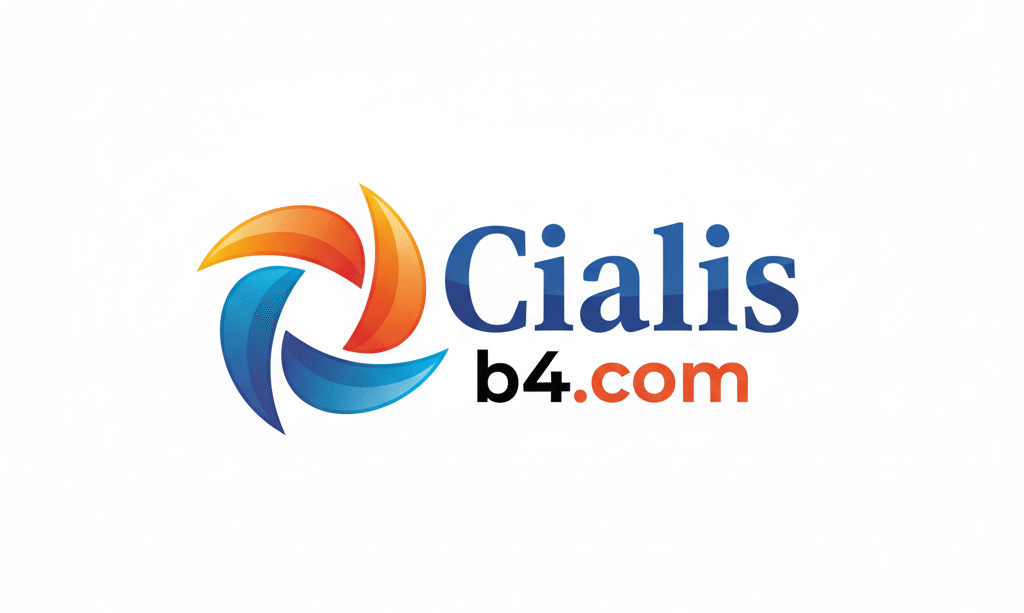When businesses talk about “payroll ink,” they’re not referring to fancy pens or office supplies. In most cases, payroll ink means the literal and figurative “print” of payroll processing—whether it’s the physical checks that still use ink or the detailed records that leave a permanent mark in business accounting. Payroll ink has become shorthand for the tangible side of payroll management: the systems, tools, and documentation that prove employees are paid correctly and on time.
In a world where digital transactions dominate, payroll ink still matters. From small businesses cutting physical checks to companies that need clear, auditable payroll reports, the “ink” represents trust, compliance, and accuracy.
Why Payroll Ink Matters
- Accuracy and Transparency
Payroll isn’t just about paying employees—it’s about paying them right. Payroll ink, whether in print checks or detailed records, ensures every transaction is documented. Employees can see exactly what they earned, what was deducted, and what remains. - Legal Compliance
Businesses must keep payroll records for years to meet labor laws and tax regulations. Payroll ink, in the form of physical or digital documentation, is proof that the company followed the rules. - Employee Trust
When workers get clear pay stubs, properly printed checks, or accurate digital statements, they feel secure. Trust in payroll directly influences morale and retention. - Audit and Accountability
Ink is permanent. A solid payroll trail—whether printed or digital—makes audits easier and protects the company from disputes.
Payroll Ink in the Modern Workplace
While many companies use direct deposit, payroll ink still plays a role:
- Printed Checks: Some employees prefer or require paper checks. Payroll ink ensures the details—names, amounts, signatures—are legible and secure.
- Pay Stubs: Even with electronic deposits, many businesses provide printed or PDF pay stubs. That “ink” is a legal record.
- Reporting: Payroll systems generate reports for taxes, compliance, and internal reviews. These documents are often printed or digitally “stamped” with official marks, another form of payroll ink.
- Branding and Professionalism: Customized payroll checks often feature company logos and secure ink designs, showing professionalism and reducing fraud risk.
Payroll Ink and Technology
Today, payroll software has redefined what “ink” means. Instead of pens and printers, we see encrypted digital records, secure PDFs, and cloud-based payroll trails. Yet, the purpose remains the same: to leave a reliable mark of every transaction.
Many payroll providers even offer hybrid options—digital payments combined with printable pay stubs or customizable check-printing for businesses that need them.
Common Challenges with Payroll Ink
- Check Fraud: Printed payroll checks must use secure ink and paper to prevent tampering.
- Printing Costs: Ink, paper, and check stock add up for businesses still reliant on physical payroll.
- Record Management: Whether digital or physical, payroll ink requires proper storage and organization.
- Transitioning to Digital: Some employees resist electronic-only payroll, so companies must balance both worlds.
How Businesses Can Handle Payroll Ink Better
- Use Payroll Software: Modern platforms allow both digital deposits and printed checks, reducing errors.
- Secure Your Printing: Invest in check stock with anti-fraud features and printers designed for payroll checks.
- Standardize Records: Keep all payroll documentation—digital or printed—consistent and easy to access.
- Train Employees: Ensure staff handling payroll understands compliance, security, and proper documentation.
FAQs About Payroll Ink
Q1. What does “payroll ink” mean?
Payroll ink usually refers to the physical or digital imprint of payroll processes—such as paychecks, pay stubs, and payroll records. It represents the tangible proof of employee payments.
Q2. Do businesses still use payroll checks with actual ink?
Yes. While direct deposit is common, many businesses still issue paper checks, especially for contractors, seasonal workers, or employees without bank accounts.
Q3. Is payroll ink only about paper checks?
No. Payroll ink also includes printed pay stubs, tax forms, compliance reports, and digital documents that serve as permanent payroll records.
Q4. How does payroll ink affect compliance?
Labor laws and tax authorities require employers to maintain accurate payroll records. Payroll ink—whether on paper or in secure digital files—serves as evidence of compliance.
Q5. Can payroll ink prevent fraud?
Yes, if done correctly. Using secure ink, watermarked check paper, and encrypted payroll documents can reduce risks of forgery and fraud.
Q6. Is it better to go fully digital and avoid payroll ink?
Going digital reduces costs and storage needs, but not all employees prefer it. The best approach is offering flexible options: digital deposits with printable pay stubs or checks when needed.
Q7. What industries still rely heavily on payroll ink?
Construction, seasonal businesses, nonprofits, and industries with high contractor use often continue printing payroll checks and stubs.
Final Thoughts
Payroll ink might sound old-fashioned, but it’s still at the heart of payroll operations. Whether printed on checks or embedded in digital records, payroll ink is about leaving a clear, reliable mark of every payment. For businesses, it means compliance, accountability, and trust. For employees, it means confidence in getting paid correctly and on time.



